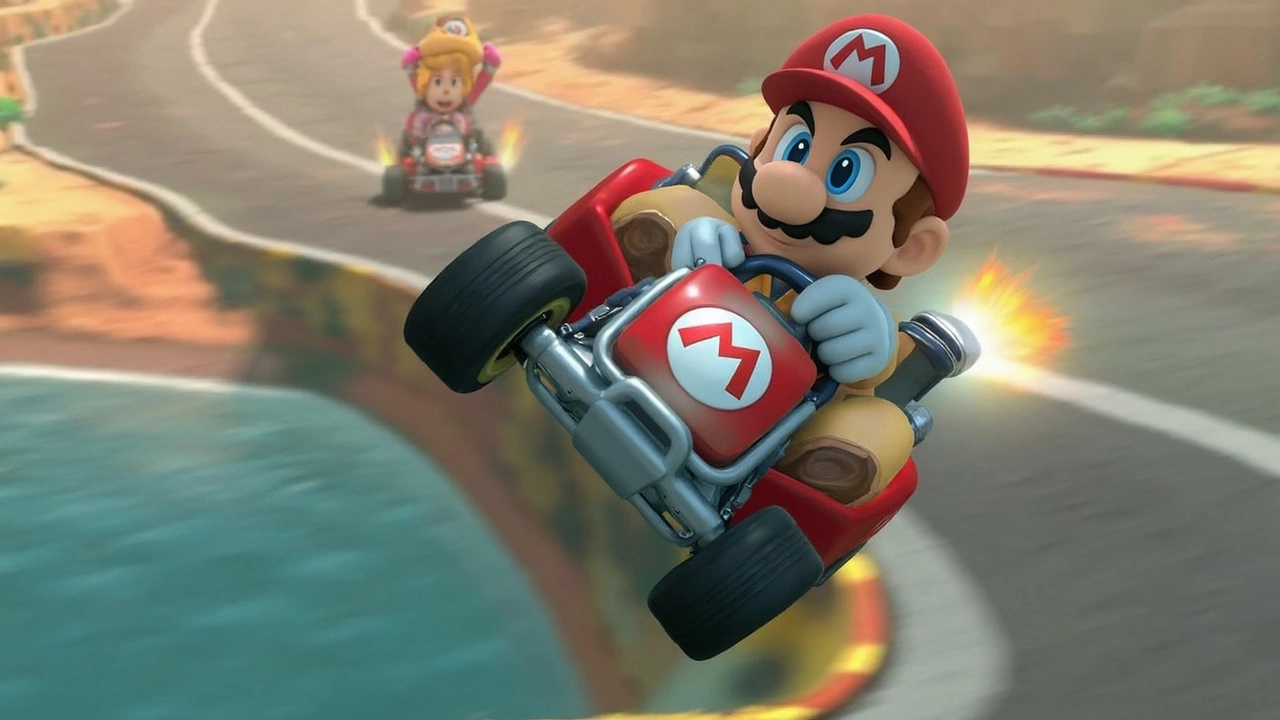Game Pricing: What Determines the Cost of Your Favorite Video Games
If you’ve ever wondered why a brand‑new blockbuster costs $70 while an indie title sells for $15, you’re not alone. Game pricing isn’t random – it’s a mix of money spent making the game, the platform it lands on, and how long the title has been out. Knowing the key pieces helps you plan your budget and catch the best sales.
Factors That Push Prices Up or Down
First off, development costs are the biggest driver. A AAA game can need hundreds of millions of dollars for graphics, voice talent, and marketing. Publishers need to recoup that spend, so they set a higher launch price. Indie games, on the other hand, often have tiny teams and lower budgets, which lets them price lower.
Platform matters too. Console titles usually cost more than PC releases because of licensing fees and the cost of making physical discs. Digital‑only games can be cheaper, especially when platforms run frequent sales.
Extra content adds another layer. Downloadable content (DLC), season passes, and micro‑transactions are separate revenue streams. Some publishers bundle these into a higher‑priced “ultimate edition” at launch, while others keep the base game cheap and sell add‑ons later.
How Prices Change Over a Game’s Life Cycle
When a game first drops, the price is set to match expectations and competition. After the first few weeks, sales start to dip, and publishers often introduce discounts to keep momentum. These can be as small as 10 % or as big as 50 % during major events like Black Friday or Steam Summer Sale.
Older titles follow a predictable curve. After a year or two, you’ll see the price drop to a “budget” tier – think $19.99 for a game that once cost $60. Retailers love to bundle older games together, creating “game bundles” that offer massive value.
Regional pricing also affects game pricing. Countries with lower average incomes get reduced prices, while markets with higher buying power might see premium pricing. This helps publishers stay competitive worldwide.
Lastly, subscription services are shaking things up. Services like Xbox Game Pass or PlayStation Plus give players access to a library for a monthly fee, effectively lowering the perceived cost of each game. While you still pay for the service, you get more bang for your buck.
Understanding these patterns means you can time your purchases. If you’re not in a rush, waiting a few weeks for the first discount can save you a lot. Keep an eye on seasonal sales, check out bundle deals, and consider whether a subscription might give you better overall value.
Game pricing isn’t a mystery once you break down the pieces. Development costs, platform fees, extra content, and the game’s age all play a role. By watching price trends and sales cycles, you’ll spend less and still get the games you love.

Mario Kart World’s $80 Price Tag: Nintendo Stands Its Ground Amid Rising Game Costs
Nintendo sparks debate with Mario Kart World’s new $80 price, defending it as fair given the expanded content for Switch 2. The company tries to ease the sting with special bundles and upgrade offers for Zelda fans, but gamers question whether this signals a new industry standard for blockbuster titles.
View more